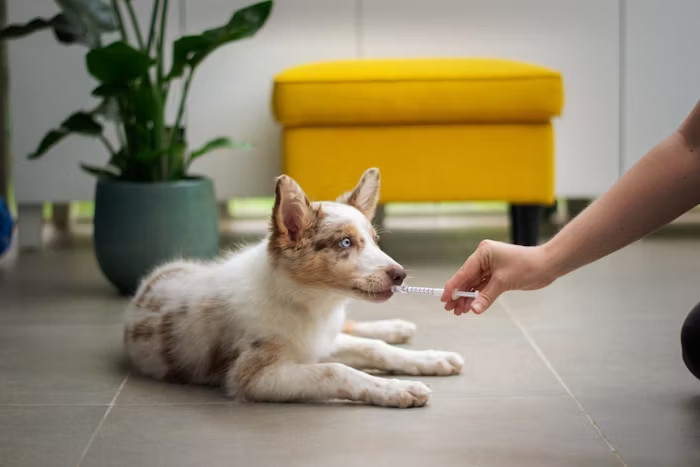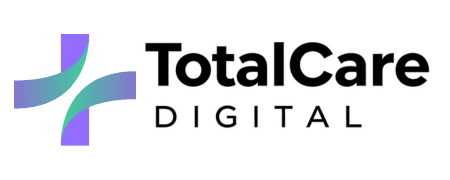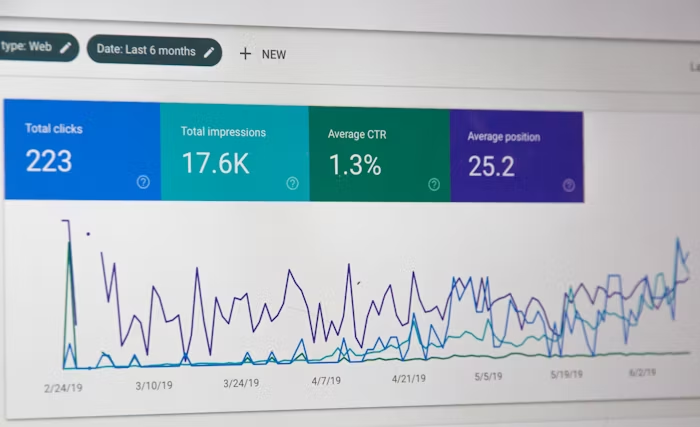SEO for Vets: How to Grow Your Clinic’s Visibility and Attract More Pet Owners

Why SEO Matters for Modern Veterinary Clinics
Most pet owners don’t open the Yellow Pages to find a vet—they Google it. Whether it’s “emergency vet near me” or “vaccinations for puppies [suburb name],” your clinic’s visibility on search engines plays a massive role in how often your phone rings.
If your practice isn’t ranking well online, potential clients may never know you exist. That’s where SEO for vets becomes essential.
Search Engine Optimisation (SEO) improves how your clinic shows up in local search results, on Google Maps, and across key pages like your services and blog. Done right, SEO drives the right traffic—local pet owners actively looking for your help.
What Is SEO for Vets?
SEO for vets is the strategic process of increasing your visibility in search engines when pet owners search for services like:
- “vet near me”
- “desexing cats Northern Beaches”
- “dog dental cleaning Brisbane”
- “after-hours vet open now”
It includes:
- Local SEO: Optimising your Google Business Profile and map listings
- On-page SEO: Improving your website structure, content, and keywords
- Off-page SEO: Building backlinks and online citations
- Content strategy: Publishing helpful articles to answer client questions
The goal? Rank higher, earn trust, and convert searches into bookings.
Why Local SEO Is Critical for Veterinary Clinics
Pet care is local. People aren’t driving 40 minutes for a routine check-up—they want a vet nearby who’s available, professional, and trustworthy.
That’s why local SEO is a top priority for veterinary clinics. It helps your practice appear in:
- The Google Maps 3-pack
- Local search results like “vet in Marrickville”
- Voice search (e.g., “Hey Siri, find a vet near me”)
A well-executed local SEO strategy ensures that your clinic is the one pet owners find first.

Step 1: Optimise Your Google Business Profile
Start with your Google Business Profile, which controls how you appear on Maps and local listings.
Here’s what to do:
- Claim and verify your profile
- Add accurate clinic details (name, address, phone)
- Include your services (vaccinations, surgery, etc.)
- Upload professional photos of your clinic and team
- Use keywords like “emergency vet [your suburb]” in your description
- Encourage happy clients to leave reviews
Your profile often appears before your website—so make it count.
Step 2: Use the Right Keywords Across Your Website
The foundation of good SEO is understanding what people are searching for—and matching it with clear, relevant content.
Some examples of valuable veterinary keywords:
- “puppy vaccinations Sydney”
- “cat desexing near me”
- “emergency vet Inner West”
- “rabbit vet North Shore”
- “vet clinic with parking Brisbane”
Use tools like Ubersuggest or Google Keyword Planner to uncover high-intent, location-based terms.
Incorporate them naturally into:
- Page titles and meta descriptions
- Service pages
- Headings and body content
- Image file names and alt text
Step 3: Create Pages for Services and Suburbs
Each service your clinic offers deserves its own page. Why? Because Google ranks individual pages—not websites.
For example:
- /puppy-vaccinations
- /pet-dental-cleaning
- /desexing-services
- /tick-prevention
And if you serve multiple suburbs, consider creating location-specific landing pages like:
- “Vet Clinic in Randwick”
- “Emergency Vet Northern Beaches”
This gives you more chances to rank in local searches.
Step 4: Publish Pet-Friendly, Local Content
Blogging isn’t just for influencers—it’s a powerful SEO tool for clinics too.
When you create content that educates and helps local pet owners, you build trust and improve rankings. Google loves fresh, relevant content.
Blog ideas for vets:
- “When Should I Desex My Dog?”
- “Common Parasites in Cats in [City/Suburb]”
- “What to Do in a Pet Emergency”
- “Preparing Your Pet for Surgery”
- “Why Is My Dog Vomiting? When to Call the Vet”
These posts can rank for common search terms and attract traffic that turns into bookings.
Need help writing content? Total Care Digital creates blog posts tailored to veterinary SEO. Let’s chat.
Step 5: Build Citations and Directory Listings
Search engines use directory listings to verify your clinic’s legitimacy. You want to be listed consistently across reputable platforms, especially those in Australia.
Key directories for vets:
- Healthshare
- True Local
- Hotfrog
- StartLocal
- PetYeti – a dedicated pet booking platform
Make sure your business name, address, and phone (NAP) match exactly across all listings.
Step 6: Collect and Respond to Reviews
Google reviews not only influence trust—they affect your local rankings. Clinics with lots of high-quality reviews tend to show up higher in local searches.
To earn more reviews:
- Ask satisfied clients in person
- Send a follow-up email with a review link
- Display a “Review Us on Google” sign at reception
Always respond to reviews—whether positive or negative. It shows you care and builds public trust.
Step 7: Optimise Your Site for Mobile and Speed
More than 70% of pet owners search for local services on mobile. If your website is slow or clunky on phones, they’ll leave—and Google takes note.
Your site should:
- Load in under 3 seconds
- Work smoothly on mobile
- Have large, clickable buttons (“Book Online”, “Call Now”)
- Include your phone number and address on every page
Use PageSpeed Insights to test and improve your load time.
Need help improving your site’s performance? Contact Total Care Digital for a free website audit.
Step 8: Earn Local Backlinks
Backlinks—links from other websites to yours—are a major ranking factor. Local links are especially valuable.
Ways to earn backlinks:
- Partner with local pet businesses or shelters
- Sponsor a school or community event
- Join your local chamber of commerce
- Write guest posts for local blogs
- Get listed on industry sites like AVA
The more quality links pointing to your site, the more authority Google gives you.
Step 9: Track and Measure Your SEO Performance
SEO is a long game, but you should start tracking improvements early. Tools to use:
- Google Analytics – track website traffic and conversions
- Google Search Console – monitor keyword rankings and site health
- A rank tracker like Semrush – check your local search positions
Monitor:
- How many website visitors come from organic search
- Which keywords are driving traffic
- How many calls or bookings you receive
Then adjust your strategy based on what’s working.
What Kind of Results Can You Expect?
With a strong SEO strategy, veterinary clinics typically see:
- Higher rankings for suburb and service-based searches
- More calls and online bookings
- A steady stream of new clients without relying on ads
- Better visibility across Google Maps and mobile search
- A stronger brand presence in their local area
Most practices start seeing real movement within 3–6 months, with results compounding over time.

Why Work with a Veterinary SEO Expert?
Not all SEO providers understand the nuances of veterinary marketing:
- AHPRA compliance (if allied services are offered)
- Pet owner concerns and questions
- Seasonal spikes in services (tick season, desexing periods)
- Clinic management workflows and booking systems
Total Care Digital specialises in SEO and website services for Australian veterinary clinics. We create tailored strategies that connect you with local pet owners—and keep your calendar full.
Ready to Get Found by More Local Pet Owners?
If you want to attract more local clients, improve your clinic’s visibility, and stop losing patients to competitors down the street, SEO is the smartest place to start.
It’s affordable, sustainable, and proven to work—when done right.
Want to grow your veterinary clinic online? Contact Total Care Digital to get started with SEO for vets.



